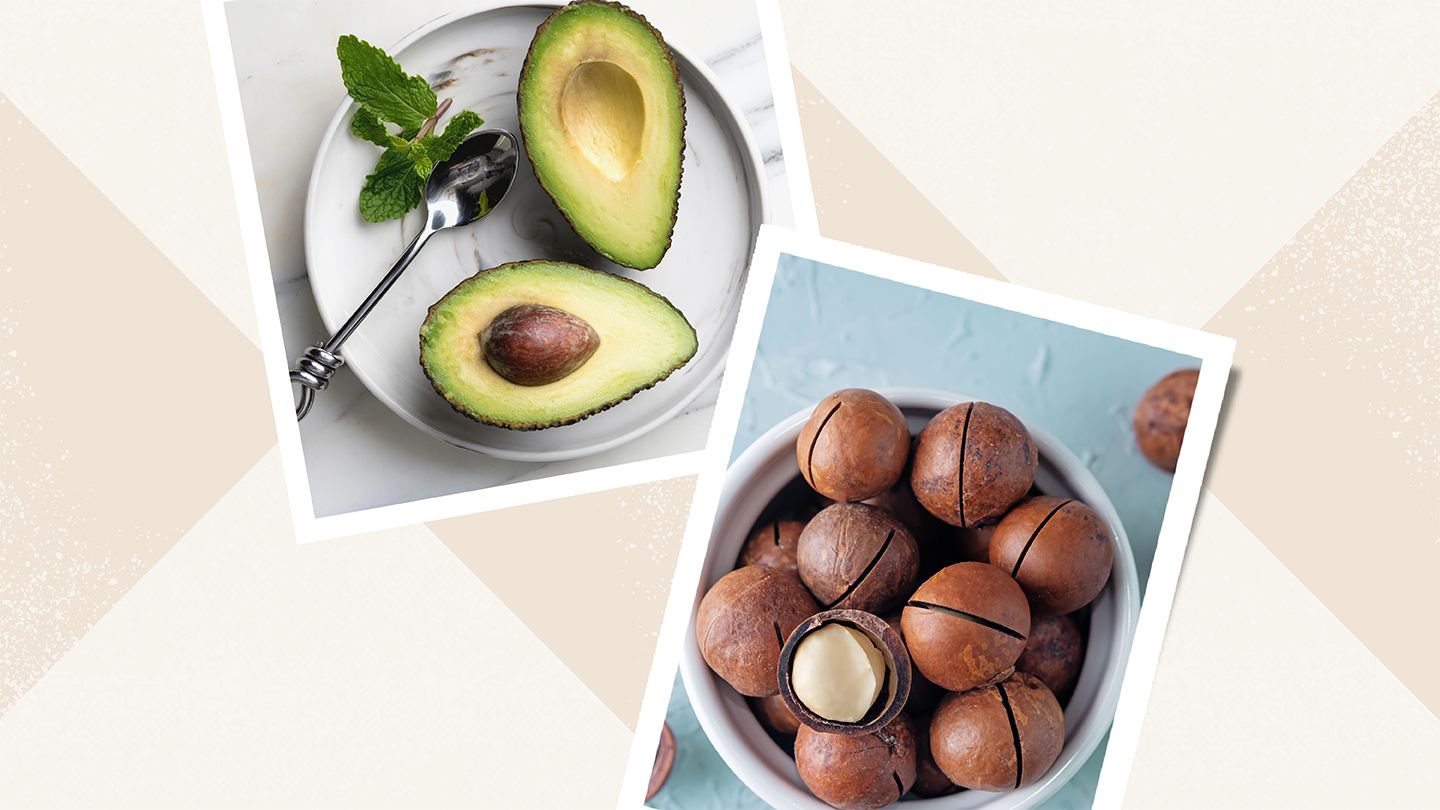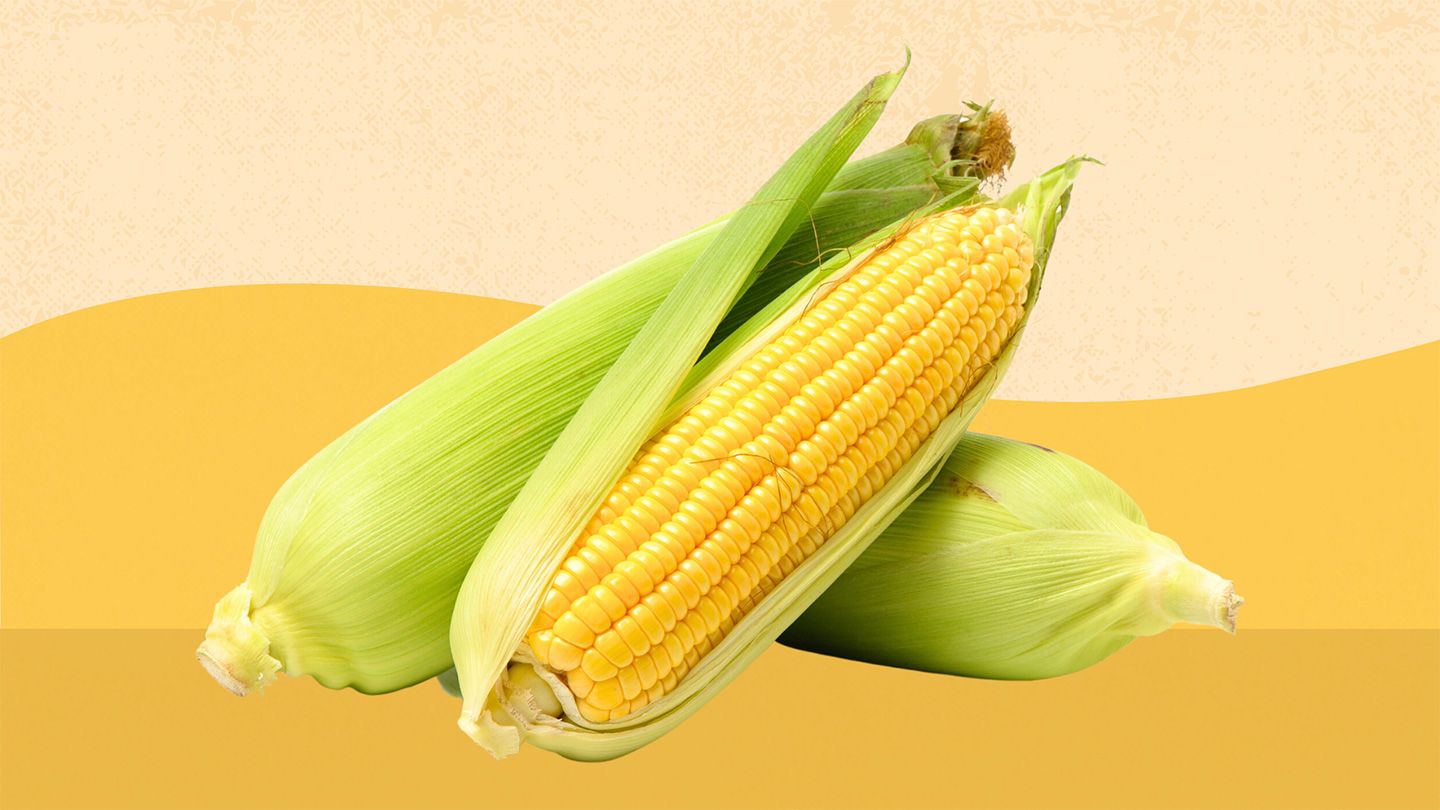Achieve Your Health Goals with This High Protein, Low Carb Vegetarian Diet Plan
Vegetarians interested in reaping the benefits of a low carb, high protein diet can do so successfully with proper meal planning. This vegetarian ketogenic diet provides adequate plant-based protein sources while restricting carbohydrates to put your body into a metabolic state of ketosis. Read on for a detailed weekly meal plan, shopping list, snack ideas, and supplement recommendations for starting a vegetarian keto diet.
Benefits of a Vegetarian Ketogenic Diet
A well-formulated low carb, high protein vegetarian diet can provide the following benefits:
- Weight loss - Ketosis suppresses appetite and accelerates fat burning.
- Reduced blood sugar and insulin levels.
- Improved mental focus and cognition.
- More steady energy levels without blood sugar spikes and crashes.
- Decreased inflammation throughout the body.
- Better cholesterol profile with higher good HDL and lower triglycerides.
Foods to Eat on a Vegetarian Ketogenic Diet
These foods fit perfectly into a meat-free keto meal plan:
- Non-starchy vegetables - Leafy greens, broccoli, cauliflower, zucchini, peppers, etc.
- Avocados and olives
- Nuts and seeds - Almonds, walnuts, pumpkin seeds, chia seeds, etc.
- Plant-based oils - Olive oil, coconut oil, avocado oil, etc.
- Tofu and tempeh
- Eggs
- Full-fat dairy - Greek yogurt, cheese, butter, heavy cream
- Berries in moderation
- Shirataki noodles
- Herbs, spices, mustard, vinegar
Foods to Avoid on a Vegetarian Keto Diet
Stay away from these higher carb foods:
- Grains - Wheat, rice, oats, corn, quinoa, pasta, etc.
- Starchy vegetables - Potatoes, sweet potatoes, peas, parsnips, etc.
- Legumes - Beans, lentils, chickpeas
- Fruits - Especially high sugar fruits like bananas
- Sweets - Candy, ice cream, cakes, etc.
- Beer, wine, and sweetened beverages
- Processed vegetarian meat substitutes and fake meats high in carbs
- Low-fat dairy products
- Sugary condiments and sauces
Sample Weekly Vegetarian Ketogenic Meal Plan
This sample meal plan provides approximately 1400-1600 calories and 25g net carbs per day.
Monday
- Breakfast: Keto yogurt parfait - Non-fat plain Greek yogurt layered with raspberries, chia seeds, chopped walnuts and cinnamon.
- Lunch: Vegetable salad - Lettuce greens, cucumber, tomato, shredded cabbage and carrots, avocado, sunflower seeds, olive oil and apple cider vinegar dressing.
- Dinner: Tofu stir fry - Sauté cubed tofu with broccoli, mushrooms, bell pepper, onions, garlic and coconut aminos over zucchini noodles. Top with toasted sesame seeds.
Tuesday
- Breakfast: Scrambled eggs with kale and cheese plus an avocado.
- Lunch: Caprese salad - Fresh mozzarella, tomato, basil leaves and balsamic vinegar over greens.
- Dinner: Low carb vegetarian chili - Kidney beans, fire roasted tomatoes, bell pepper, onion, cumin, chili powder, hot sauce and cheese.
Wednesday
- Breakfast: Keto smoothie - Blend spinach, almond milk, peanut butter, chia seeds, cocoa powder and ice.
- Lunch: Leftover low carb vegetarian chili.
- Dinner: Cauliflower fried rice - Riced cauliflower sautéed with egg, garlic, peas, scallions and soy sauce. Serve with tempeh.
Thursday
- Breakfast: Vegetarian keto breakfast tacos - Scrambled eggs, cheese, salsa and avocado in lettuce cups.
- Lunch: Tuna salad lettuce wraps - Flaked tuna mixed with mayo, mustard, celery, red onion and lettuce leaves.
- Dinner: Roasted eggplant Parmesan - Eggplant, marinara sauce, mozzarella and Parmesan cheeses. Serve over zucchini noodles.
Friday
- Breakfast: Smoked salmon and cream cheese on cucumbers. Plus berries.
- Lunch: Veggie burger lettuce wrap with tomato, avocado and mustard. Side salad.
- Dinner: Vegetarian keto pizza - Cauliflower crust, marinara, mushrooms, peppers, spinach and goat cheese.
Saturday
- Breakfast: Cheese and vegetable omelet. Grapefruit half.
- Lunch: Leftover cauliflower fried rice.
- Dinner: Jackfruit carnitas tacos - Pulled and seasoned jackfruit, lettuce, salsa, guacamole, cheese and hot sauce.
Sunday
- Breakfast: Smoked salmon, capers, red onion and cream cheese wrapped in collard greens.
- Lunch: Bunless veggie burger with portobello bun, avocado, tomato and arugula.
- Dinner: Spaghetti squash Italian casserole - Spaghetti squash, zucchini, tomato sauce, spinach, mushrooms, ricotta and mozzarella cheeses.
Vegetarian Keto Snacks
Keep your carbs low between meals with these easy snack ideas:
- Celery sticks with nut butter
- Hard boiled eggs
- Berries topped with whipped cream
- Nuts and seeds
- Cheese slices or sticks
- Cucumbers with hummus
- Avocado sprinkled with sea salt
- Olives
- Unsweetened nut milk yogurt
Supplement Recommendations
Consider adding these supplements on a vegetarian ketogenic diet:
- Protein powder - Hemp, pea or soy powders up protein intake.
- Multivitamin - Ensures you get enough micronutrients.
- Omega-3 - Flaxseed or algae supplements provide essential fatty acids.
- Magnesium and potassium - Help reduce keto flu symptoms.
- MCT oil powder - Pure caprylic and capric triglycerides boost ketone levels.
Customize This Vegetarian Keto Plan to Your Needs
Use this vegetarian ketogenic diet sample meal plan as a template, modifying and adjusting it to suit your individual nutritional needs and preferences. Achieve your health goals eating nourishing whole foods that fuel your body in ketosis.
FAQs
What are good sources of protein on a vegetarian keto diet?
Good vegetarian protein sources include eggs, Greek yogurt, cheese, tofu, tempeh, seitan, edamame, nuts, seeds, and protein powders.
What vegetables can you eat on a vegetarian keto diet?
You can eat non-starchy vegetables like leafy greens, broccoli, cauliflower, peppers, cucumber, tomatoes, mushrooms, etc.
How many carbs per day should you aim for on vegetarian keto?
Aim for around 25-50 net carbs per day to stay in ketosis on a vegetarian low carb diet.
Can you build muscle on a vegetarian ketogenic diet?
Yes, it's possible to build muscle eating high protein foods like tofu, tempeh, Greek yogurt, cheese, and drinking protein shakes.
What can you use as vegetarian substitutes for meat?
Good meat substitutes include tofu, tempeh, seitan, jackfruit, mushrooms, eggplant, textured vegetable protein and high protein veggies.
Disclaimer: This article is for informational purposes only and does not constitute medical advice. Always consult with a healthcare professional before starting any new treatment regimen.
Related Coverage
A 5oz pour of dry red wine has around 3-5g net carbs typically. Sweet and sparkling reds are higher at 5-8g carbs per glass. Factors like wine style, grapes, and alcohol content impact carbs....
Sauerkraut is very low in carbs and can fit into a low carb or keto diet. This fermented cabbage offers probiotics, vitamins, minerals and antioxidants....
Cabbage is keto-friendly, with only 3g net carbs per cup. Learn about the nutrition, benefits, and the best ways to eat cabbage on a keto diet....
Stay energized and satisfy hunger on the keto diet with smart drink choices like nutritious fat or electrolyte sources. Learn how to avoid excess carbs or sweeteners....
Learn proper aftercare following cupping treatment including hydrating skin, avoiding sun, gentle massage, nutrition and supplements to minimize side effects....
Get ideas and recipes for easy to grab 0 carb snacks perfect for the ketogenic diet including nuts, seeds, cheese, jerky and more. Keep carbs low and hunger at bay....
Sweet potatoes are nutrient-dense root vegetables that provide fiber, vitamins, minerals and antioxidants. Learn about the nutrition, benefits, calories, and recipes....
Learn how plain, whole milk yogurt can fit into keto diet plans. Discover the best low-carb yogurts to buy and tips for making homemade keto yogurt....
One ear of corn on the cob contains about 25 grams of net carbs. Learn about corn's nutrition, the carb components, and how to fit corn into a low-carb keto diet....
Want to drink rum on keto? Learn the carb count of popular rum varieties like white, spiced, dark, flavored and overproof to make the best low carb choices....









